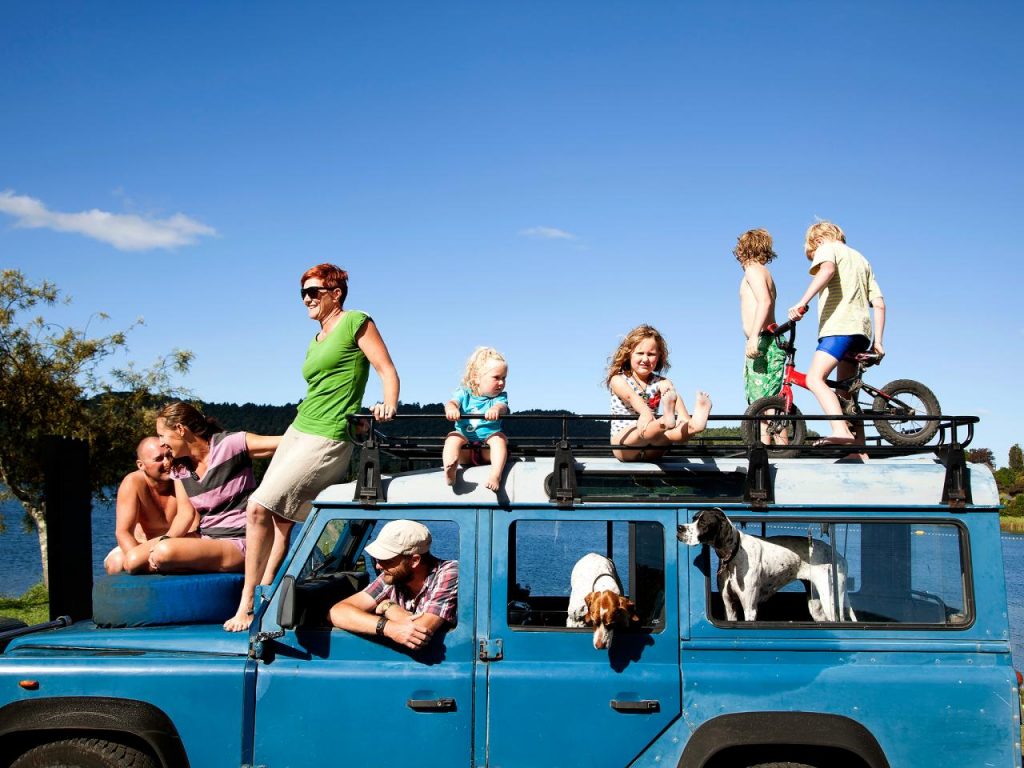Flying standby can be a great way to save money and travel on a whim. However, it can also be a frustrating experience if you don’t know how to maximize your chances of getting on a flight. Whether you’re a seasoned traveler or a first-time flyer, there are several things you can do to increase your chances of flying standby.
First and foremost, it’s important to understand how the standby system works. Airlines typically offer standby seats to passengers who have missed their original flight or are trying to get on an earlier flight. The process is the same; they’ll ask for basic information like their full name (e.g., Carrie Andresen), background, destination, etc., but the prioritization is different. Standby passengers are prioritized based on several factors, including their ticket type, frequent flyer status, and the time they checked in. Understanding these factors can help you strategize your standby approach and increase your chances of getting on a flight.
Table of Contents
Understanding Standby Travel
Standby travel is a way to travel on an airline without a confirmed seat reservation. It is a popular option for travelers who are flexible with their travel plans and want to save money on airfare. However, standby travel can be unpredictable and requires a good understanding of airline policies and procedures. Check out How to fly Standby for more info.
Standby Policies and Procedures
Each airline has its own policies and procedures for standby travel. It is essential to understand these policies before attempting to fly standby. Some airlines allow passengers to fly standby for free, while others charge a fee. Standby passengers are usually placed on a standby list, and seats are allocated based on priority. Elite members and same-day standby passengers usually have priority over other standby passengers.
Maximizing Standby Success
To maximize the chances of success when flying standby, it is essential to arrive at the airport early and be flexible with travel plans. It is also important to be familiar with the airline’s policies and procedures for standby travel. Standby passengers should consider different airlines and standby options to increase their chances of getting a seat on a flight.
Airlines and Standby Options
Most major airlines offer standby options, including Delta, United, American Airlines, Alaska Airlines, JetBlue, Frontier, and Southwest Airlines. Some airlines offer loyalty programs and rewards programs that provide benefits for frequent flyers, such as priority boarding and better seat assignments.
Cost Considerations for Standby Travel
Standby travel can be a cost-effective way to travel, but it is essential to consider the costs associated with standby travel. Standby fees, change fees, and same-day flight change fees can add up quickly, so it is important to factor these costs into the travel budget.
Travel Strategies During Peak Times
Standby travel can be more challenging during peak travel times, such as holidays and weekends. It is essential to be flexible with travel plans and consider off-peak times to increase the chances of getting a seat on a flight.
Standby Etiquette and Interaction
Standby passengers should be polite and respectful to airline employees, gate agents, and flight crew. It is important to follow airline policies and procedures and be patient when waiting for a seat on a flight.
Leveraging Airline Loyalty and Status
Loyalty and elite status can provide benefits for standby passengers, such as priority boarding and better seat assignments. It is essential to understand the airline’s loyalty programs and rewards programs to take advantage of these benefits.
Practical Tips for Standby Passengers
Standby passengers should travel light and carry-on luggage whenever possible to avoid baggage fees and make it easier to switch flights. It is also essential to be flexible with travel plans and consider different airlines and options to increase the chances of getting a seat on a flight.
Understanding the Risks and Rewards
Standby travel can be a risky but rewarding way to travel. Standby passengers should be prepared for uncertainty and unexpected changes in travel plans. However, standby travel can also provide significant cost savings and a unique travel experience.
Standby Travel for Different Types of Flights
Standby travel is available for both domestic and international flights. However, standby policies and procedures may vary depending on the destination and itinerary. It is essential to be familiar with the airline’s policies and procedures for standby travel for each specific flight.
Optimizing Your Standby Travel Experience
Flying standby can be a great way to save money and get a last-minute seat on a flight. However, it can also be a stressful experience if not properly planned for. To maximize your chances of flying standby, it’s important to optimize your travel experience. Here are some tips to help you do just that.
Choosing the Right Time to Fly Standby
Flying standby during off-peak times or holidays can increase your chances of getting a seat. However, it’s important to keep in mind that flights may also be overbooked during these times. Researching the destination and airline beforehand can help you make an informed decision on when to fly standby.
Packing and Preparation
Traveling light with only carry-on luggage can make it easier to switch flights if necessary. Arriving at the airport early and navigating through security efficiently can also save time and reduce stress. It’s important to be prepared for unexpected delays or cancellations by having a backup plan and accommodations in mind.
Navigating Airports and Security Efficiently
Being polite and building relationships with gate agents and flight crews can increase your chances of getting updates and being accommodated for a seat. Leveraging technology such as airline apps and social media for updates can also help you stay informed and adapt to last-minute changes.
Building Relationships with Airline Staff
Being flexible and adapting to last-minute changes can increase your chances of getting a seat or an upgrade. Utilizing loyalty programs and travel hacks can also save you money on airfare and provide perks such as priority boarding and lounge access.
Leveraging Technology for Standby Success
Handling delays and cancellations with a positive mindset can also make the experience less stressful. Maximizing comfort and chances of an upgrade can be achieved by being polite, flexible, and understanding of the travel experience.
Handling Delays and Cancellations
Being prepared for unexpected cancellations or delays can save you time and money. Switching to a same-day flight or changing your travel plans can increase your chances of getting a seat. Being polite and understanding of the situation can also increase your chances of being accommodated.
Utilizing Loyalty Programs and Travel Hacks
Maximizing your chances of getting an upgrade or a better seat can be achieved by being flexible and understanding of the travel experience. Being nice and polite to airline staff can also increase your chances of being accommodated.
Adapting to Last-Minute Changes
Being flexible and adapting to last-minute changes can increase your chances of getting a seat or an upgrade. Utilizing loyalty programs and travel hacks can also save you money on airfare and provide perks such as priority boarding and lounge access.
Maximizing Comfort and Chances of an Upgrade
Maximizing comfort and chances of an upgrade can be achieved by being polite, flexible, and understanding of the travel experience. Being prepared with snacks and entertainment can also make the experience more enjoyable.
Ensuring a Positive Standby Travel Mindset
Having a positive mindset and being understanding of the travel experience can make the experience less stressful. Being flexible and adaptable can also increase your chances of getting a seat or an upgrade.





